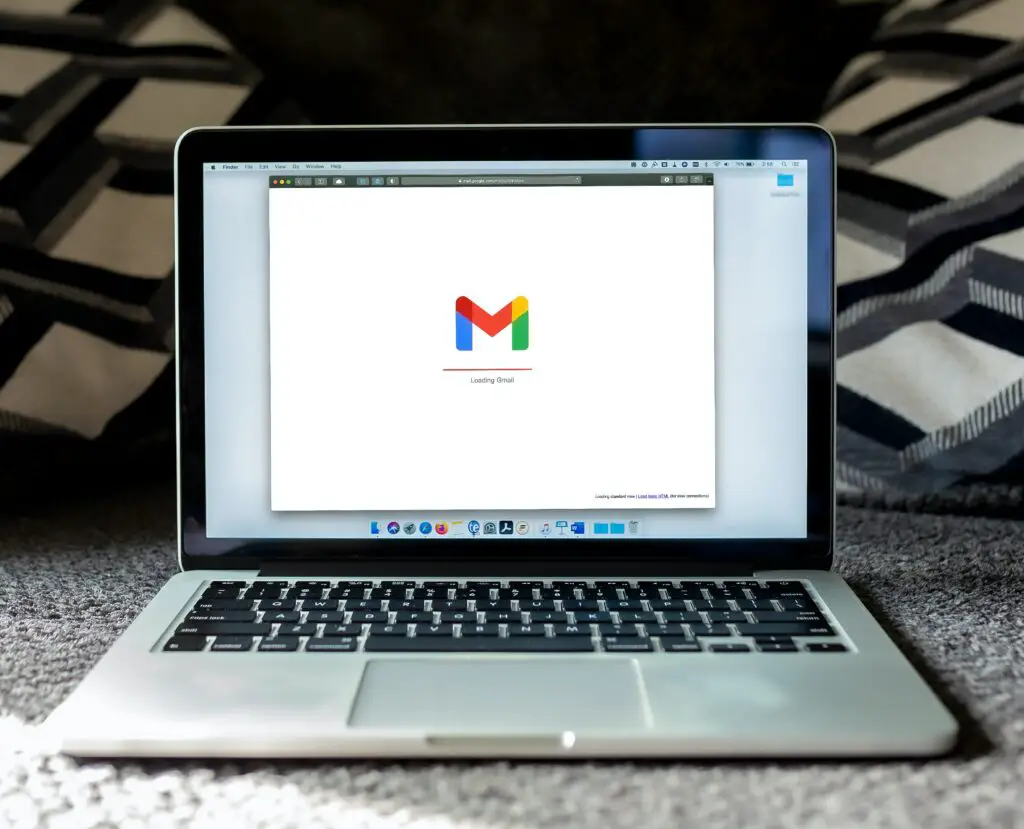Writing appropriate emails can be difficult for students who frequently have to communicate with instructors about schoolwork, due dates, and research possibilities. When emailing professors, students frequently add a number of crucial elements, such as welcomes, requests, and salutations. It could be useful to read through a guide for concluding an email appropriately if you’re a current or prospective student composing an email to your professor. In this post, we discuss numerous justifications for emailing a professor, present a step-by-step tutorial for doing so, and offer sample email closings for various scenarios. Let us see some best ways to end an email to a Professor.

Best Ways to End an Email to a Professor
Students frequently need to communicate with their teachers, therefore it’s crucial for them to learn how to compose emails properly.
Using courteous wording, and including a thank you note are some of the best ways to end an email to a professor. Emails might also be concluded by requesting a meeting with the professor to further explore the subject at hand.
Different important elements
We’ll talk about the different important elements—like appropriate closings—that students should normally include in their emails to instructors in order to retain professionalism.
1. Be respectful in your words and make your expectations clear
Finish an email to a professor by respectfully restating your demands or expectations. By doing this, you can make sure that you’re explaining to the lecturer exactly what you need from them and why you’re contacting them. From here, they will be able to understand how best to help you as a student.
2. Invite the other party to a face-to-face meeting to talk further
Once your expectations are crystal clear, decide if it would be beneficial to see the lecturer in person to discuss them further. Invite them to a meeting if you believe it will be beneficial to you. Consider arranging a meeting at their convenience or within their designated office hours in order to show respect.
3. Express your gratitude for the professor’s time
No matter what the situation, make sure to include a thank-you note at the conclusion of the email body for the lecturer’s time. Being grateful for your professor’s assistance or concern might make a favorable impact on your interactions. Saying “thank you” might help you maintain your cool even when you’re in a stressful situation and ask for a deadline or absence of accommodations.
4. Conclude with a proper greeting and signature.
Put a formal greeting at the conclusion of the email once you’ve finished composing the message, such as “Best wishes” or “Sincerely.” After signing your name, you can proceed to provide a formal email signature.
Your signature should include your full name, the name of the university you attend, any employment you now have, the type of degree you’re pursuing, and the projected graduation date.
Thank you as final words in an email to a professor
The most common email closure is “thank you,” which is used in all of them. Consider the circumstances in which you might write an email of gratitude. How can you show the receiver of your email that you respect their input by expressing your gratitude?
What phrase would best accomplish this? If a friend or member of your family assisted you with something, this should come naturally. But what about in an educational setting? In the same way, expressing gratitude beforehand for any assistance you would love to receive from a professor will ensure you get positive feedback.
How to close an email to a profession with a thank you?
You should always thank the receiver at the end of an email that you are writing to beg for something. The majority of emails to professors contain a request. You may be asking a professor to review a paper sample or any other assistance.
How to finish an email with a thank you is covered in this section. You may simply just enter “Thanks” or “Thanks a lot,” followed by a comma, your name, and your contact information. As an alternative, you might simply write “Thanks!” before adding an exclamation point and your signature to end the sentence.
You should thank the individual in advance when asking for their aid or when asking for help in an email. Even when they haven’t yet provided assistance, you should nevertheless express thanks as though they have.
You may also elicit a response by using the proper closure. Are you unsure of how to conclude an email if you desire a reply? Always be kind, but add pressure or set a deadline for the receiver to reply. Please reply to this email by [a specific time],” and similar expressions. Your likelihood of getting a prompt reply might be improved by using the phrase “looking forward to hearing back from you.”
Conclusion
Be sure to mention your name, degree program, and student ID in any correspondence with your professor, regardless of the purpose for doing so.
The class that you are referring to should also be mentioned. When you’re attempting to figure out how to close an email to a professor, keep these same crucial guidelines in mind.
